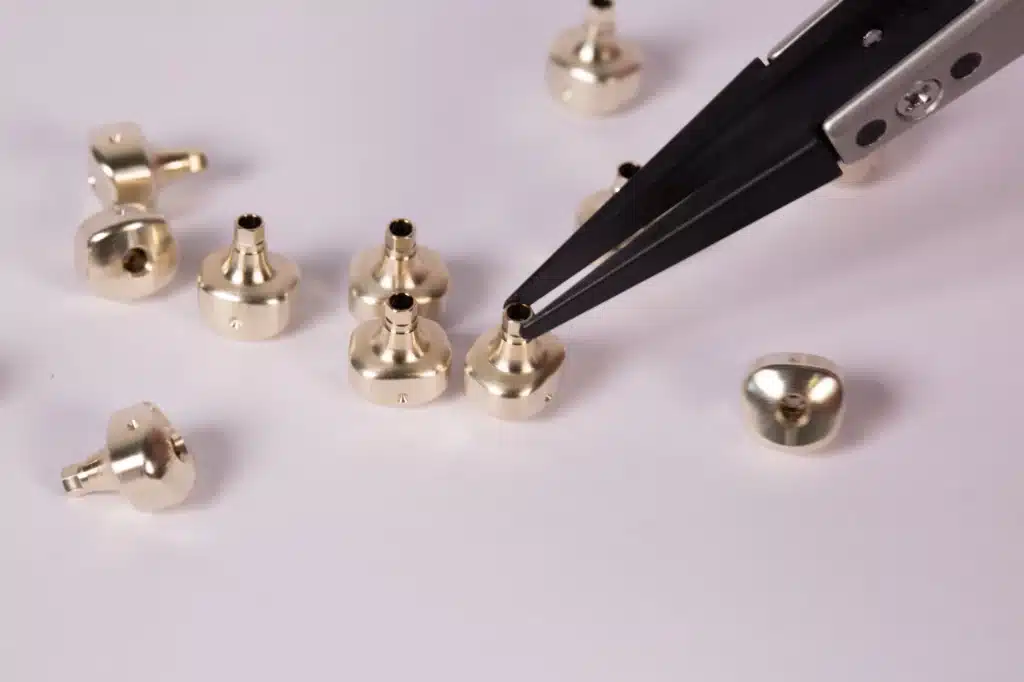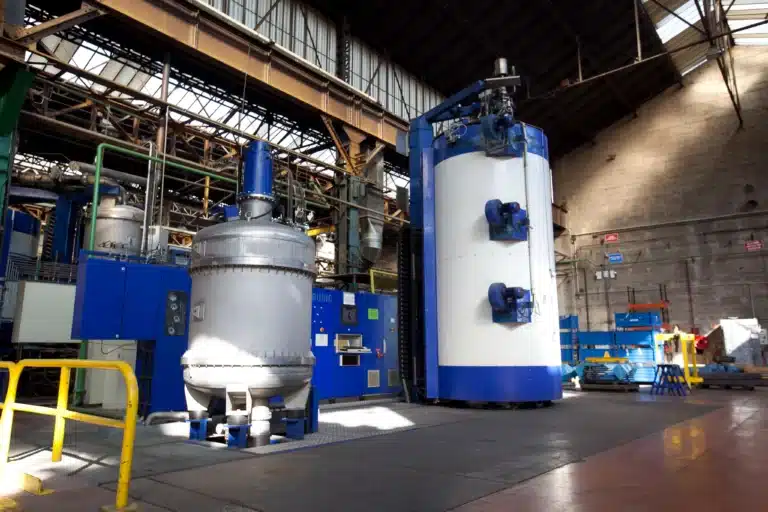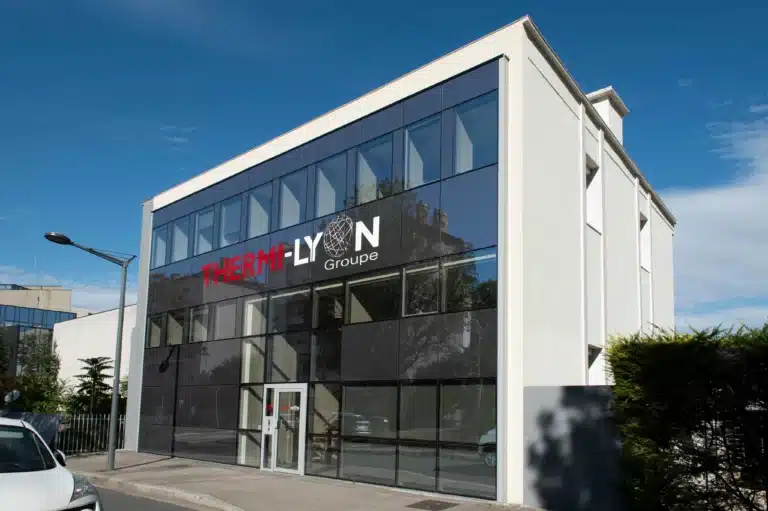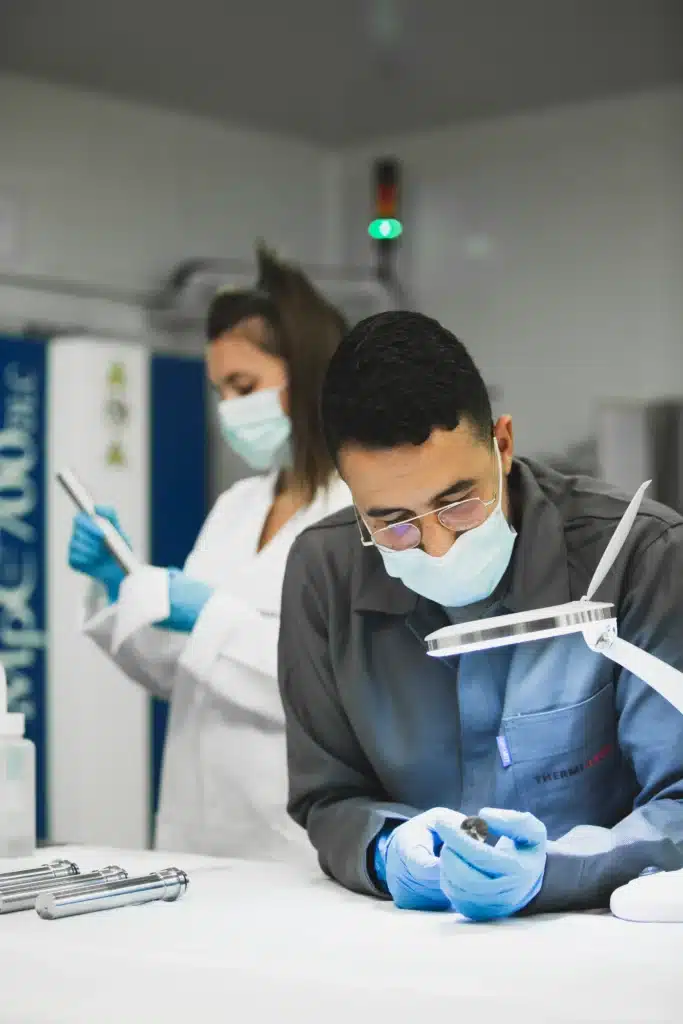Vacuum deposition technology affects various metal properties. First and foremost, it makes treated parts more resistant to wear and guarantees improved mechanical performance. It also produces elements with a natural appearance, a real asset for dental implants, for example. It is also more environmentally friendly than some traditional processing methods.

Vacuum deposition, a multifunctional solution
Vacuum deposition is a complete solution for the medical sector, thanks to its natural properties. To begin with, it delivers enhanced mechanical performance and guarantees treated parts greater resistance to corrosion, wear and friction. What's more, it is both biocompatible and aesthetically pleasing. Last but not least, the choice of vacuum deposition ensures compliance with the color code followed by the medical world.
Physical and chemical properties of vacuum deposits
One of the main advantages of this method is undoubtedly the improved performance it delivers. Dental prostheses and implants treated in this way are more resistant to wear, and deliver better mechanical performance. Vacuum deposition also imparts new physical and chemical properties to these parts after treatment. So, after the operation, the new coating largely inhibits the appearance of tartar plaque on teeth. In other words, this technique limits plaque formation, which is a real asset for healthcare professionals and their patients.
A biocompatible and aesthetic technique
Thanks to these physical and chemical properties, vacuum deposition is particularly popular in the dental sector. In this sector, it also offers an additional, major advantage: its aesthetic appeal. Until recently, titanium nitride was the preferred material for implants. Its golden color is extremely conspicuous, which can be annoying for patients. Vacuum deposition has made it possible to develop new technologies that are just as biocompatible but much more natural-looking, such as pink titanium, developed by Thermi-Platin, a subsidiary of the Thermi-Lyon group. Pink titanium is much more aesthetically pleasing, while retaining its original properties.
A solution that respects the color code of healthcare professionals
For dental professionals, the color code applied to ancillary equipment and work tools is essential. Colors correspond to precise information, such as drill diameter or drilling depth. Since vacuum deposition offers the possibility of choosing one color rather than another for processed parts, it represents an ideal solution for biocompatible and efficient equipment.
An alternative to hard chrome and conventional surface treatments
Vacuum deposition is another good alternative to traditional methods. Anodizing, for example, or hard chrome-based treatments, require special care for the environment. The latter is subject to strict European regulations, known as REACH. Vacuum deposition therefore appears to be a more environmentally-friendly solution, perfectly suited to companies committed to decarbonizing industry. With this in mind, the Thermi-Lyon group, and more specifically its subsidiary THERMI-PLATiN, has chosen to invest in the development of vacuum technologies dedicated to the medical sector.
Thermi-Platin and its special PLATIN-MEDI range
Since vacuum deposition offers many advantages for the medical sector, it seemed obvious for the Thermi-Lyon group to design treatments adapted to this new demand. To meet this need, the Thermi Platin site in Haute-Savoie was reorganized, and developed the pink titanium coating as well as a specific product range, Platin Medi.
First and foremost, Thermi Platin applies a precise qualification process to its production: the QIQOQP methodology. This guarantees products of exemplary quality. The Platin Medi range has also been specially designed for the medical sector, and the site has ISO 13485 certification for medical devices. This range includes several coatings, based on different components: titanium nitride, chromium nitride, zirconium nitride, titanium aluminum nitride and carbon-based DLC.
There are therefore several vacuum treatment solutions for the medical sector. This method gives parts improved mechanical performance and greater resistance to wear, while remaining perfectly biocompatible and natural-looking, enabling color-coding of tools. Vacuum deposition is widely used on dental implants, ancillary equipment and dental tools, but also on surgical equipment. In this context, the technique is particularly well suited to scissors, scalpels and hip or knee prostheses, for example, as certain coatings offer excellent resistance to friction and corrosion.





